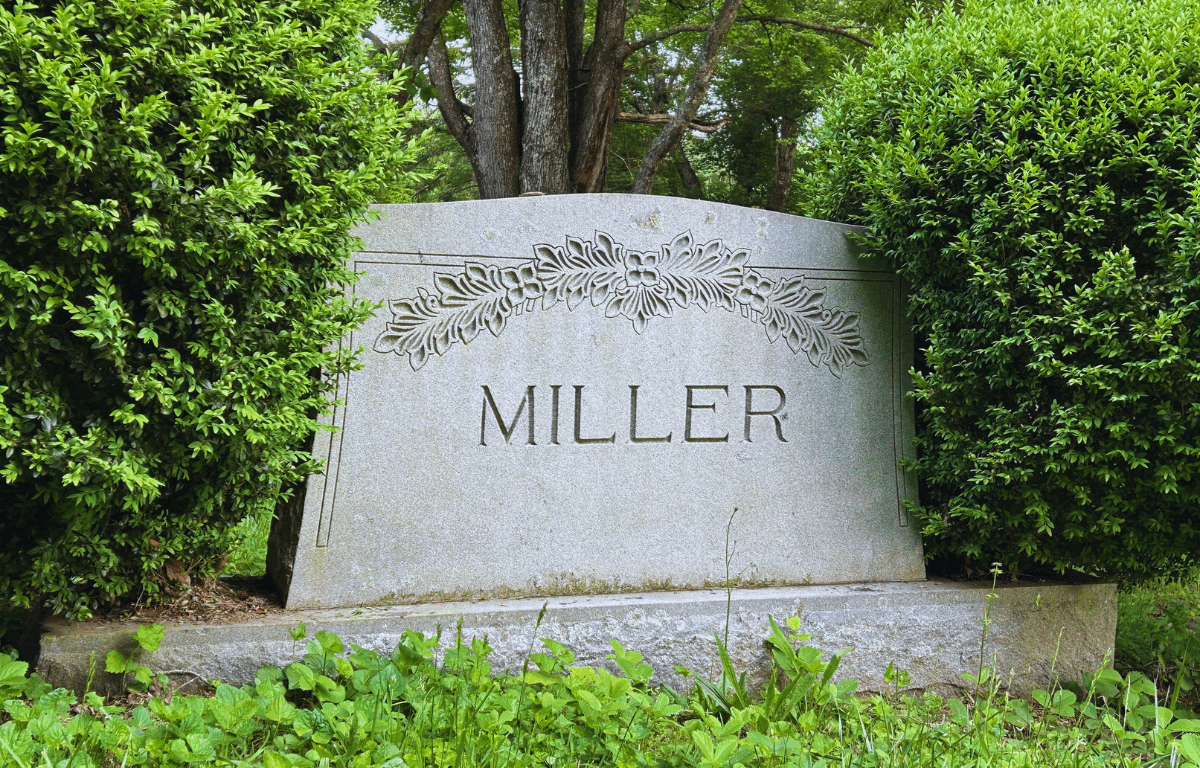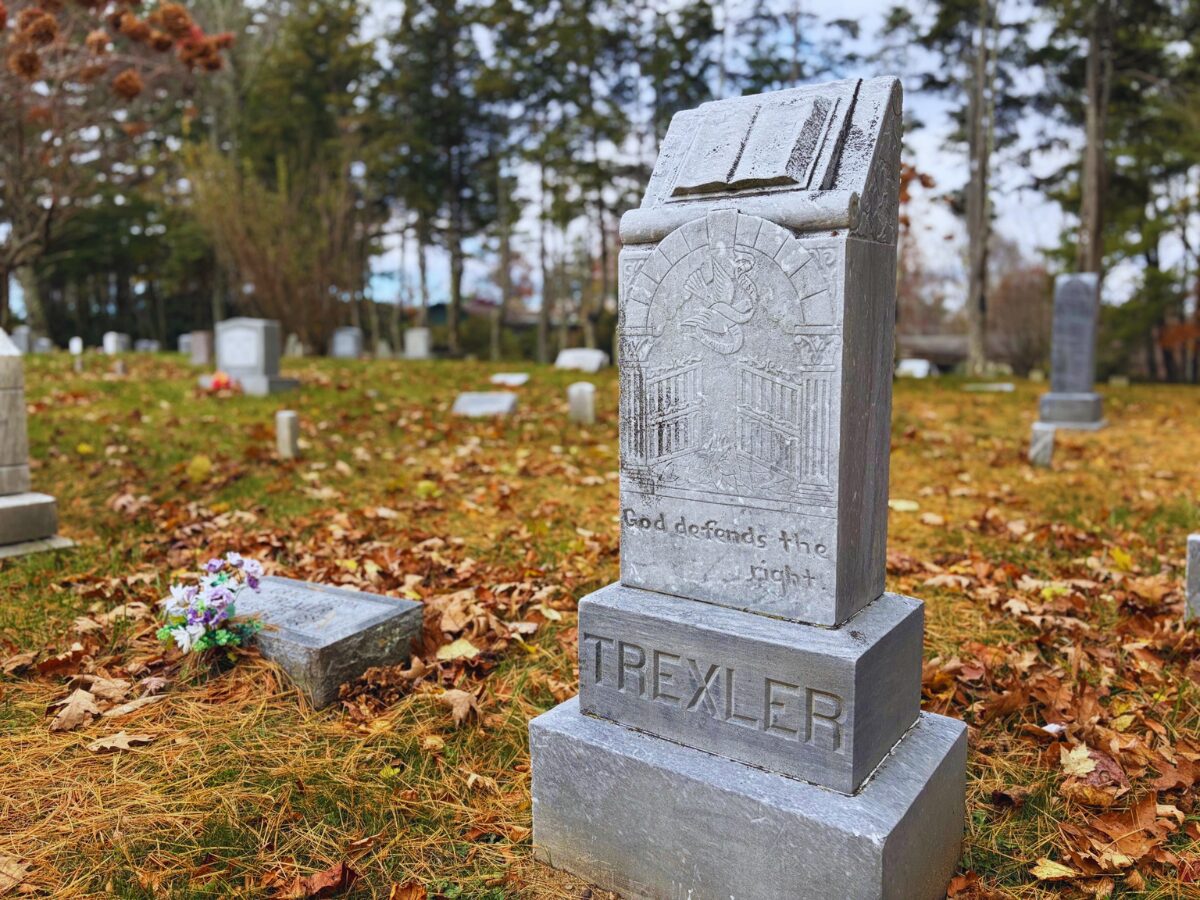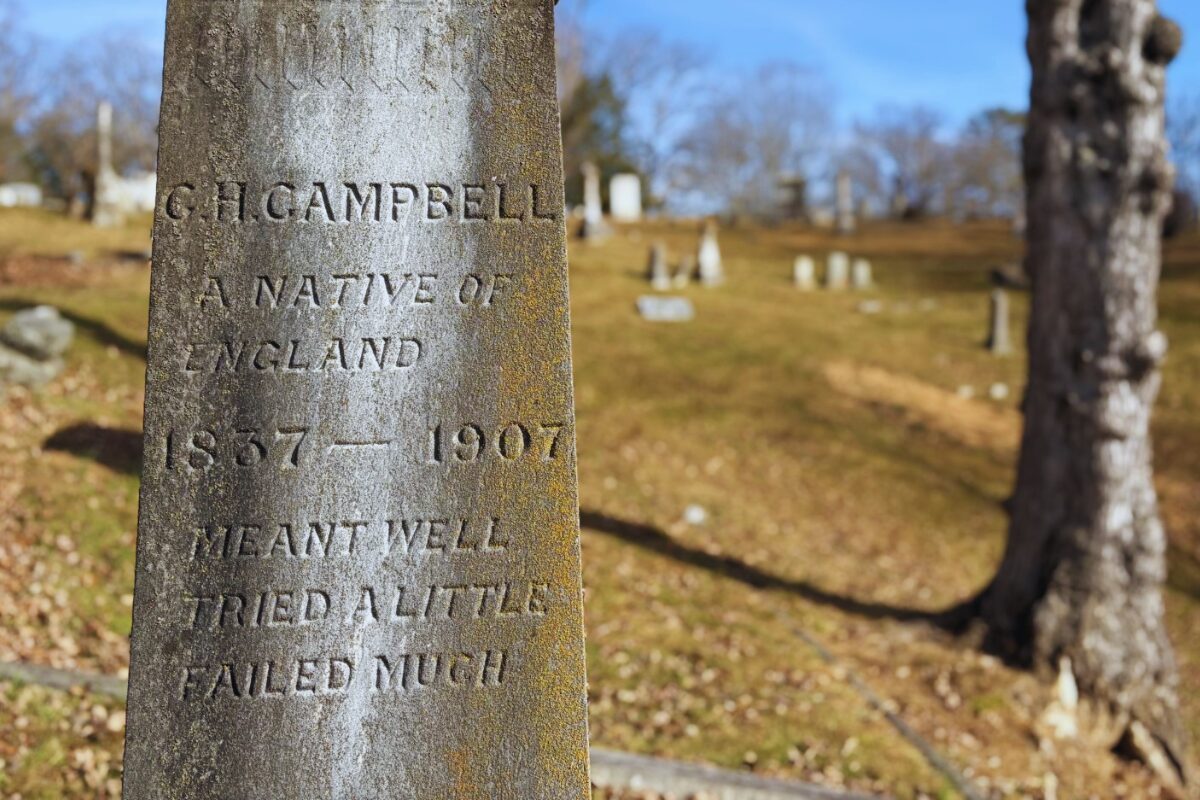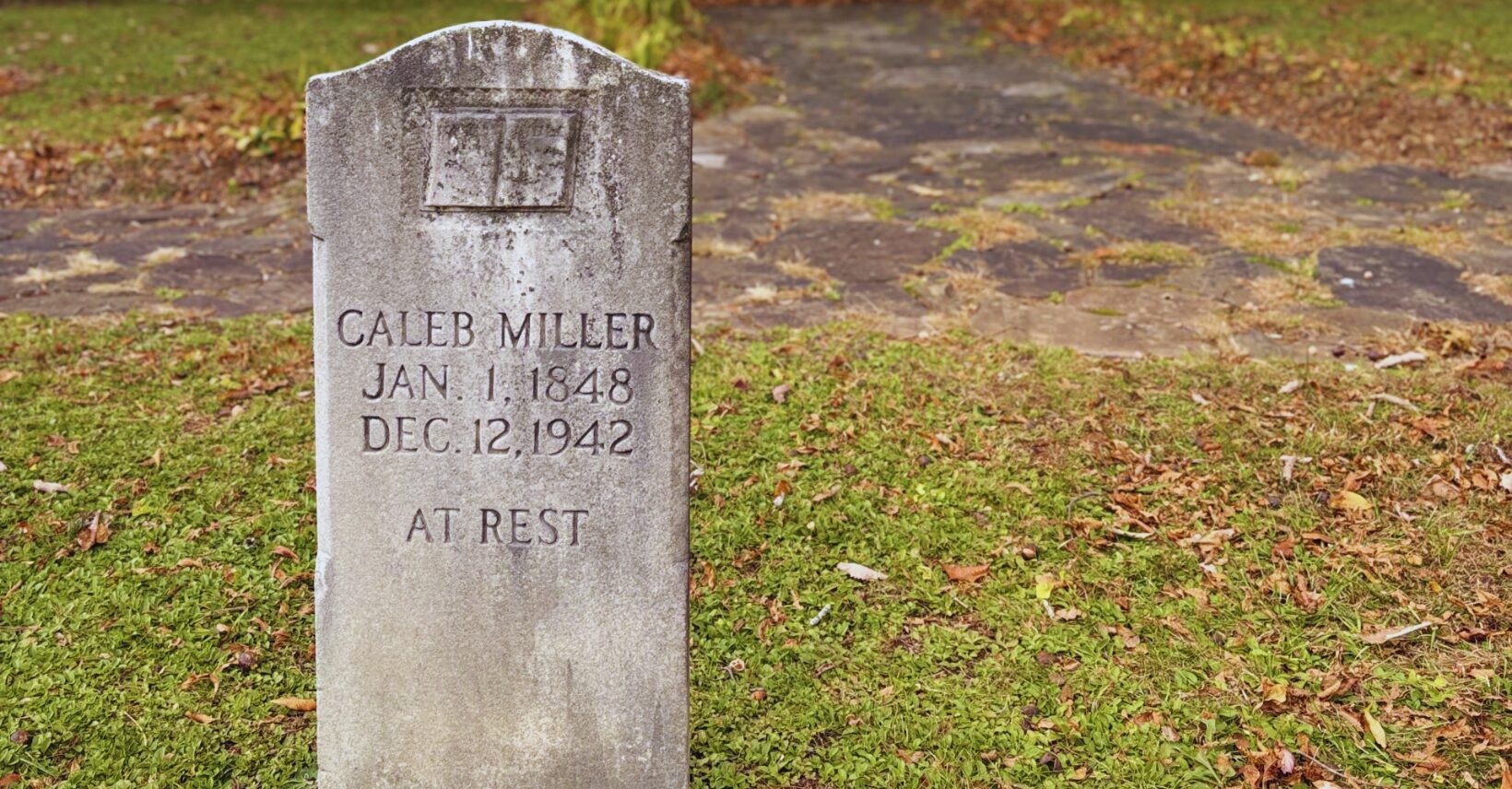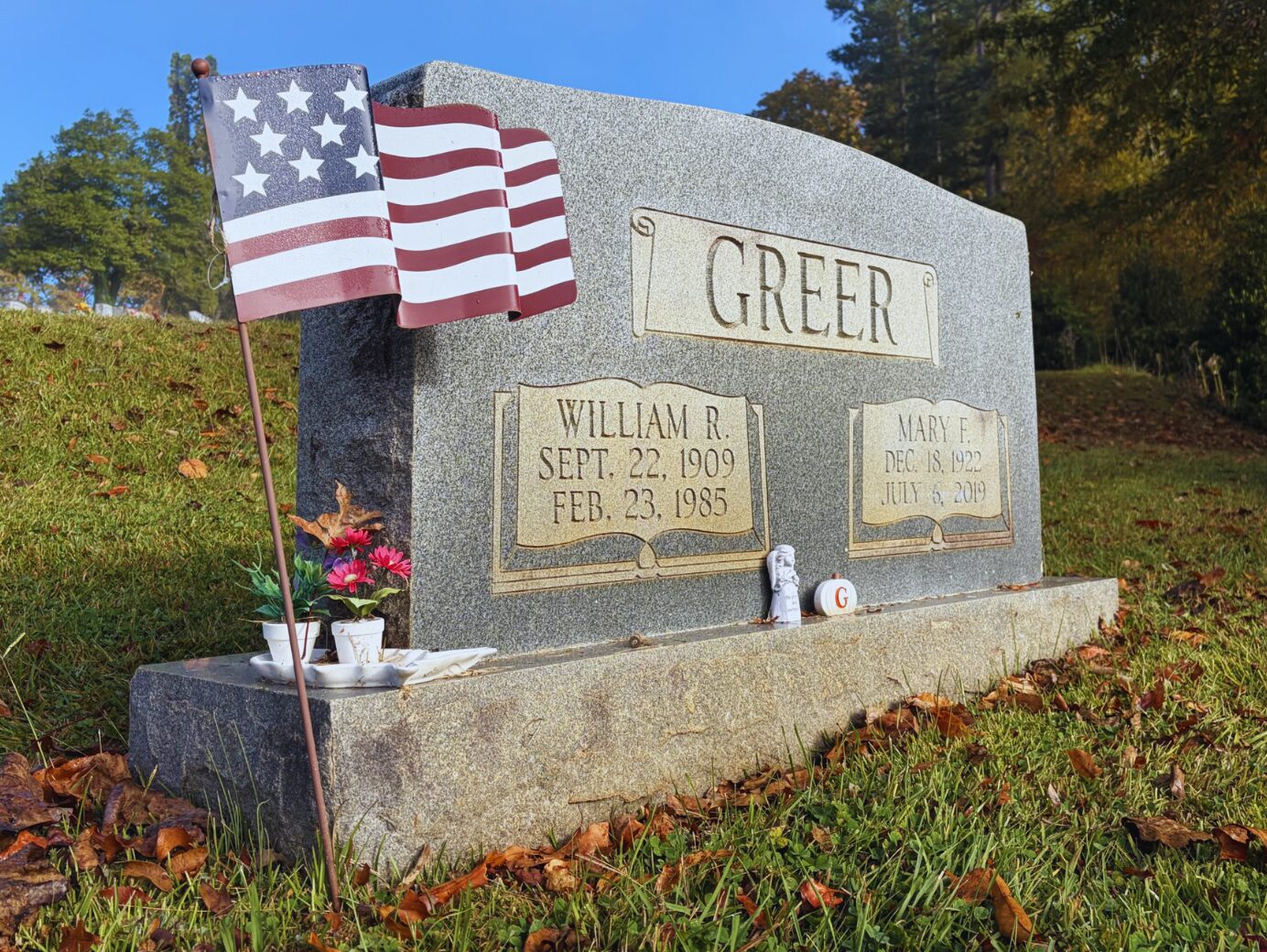EDITOR’S NOTE: Every grave tells a story. Some are widely known, others nearly forgotten. In Tombstone Tales, we explore the lives of people buried across Western North Carolina—individuals who shaped the region’s history in ways big and small. From war heroes and civic leaders to unsung community members, this series sheds light on the lives that helped define the place we call home.
ASHEVILLE, N.C. – In the heart of Asheville, the legacy of James Vester Miller endures in brick and mortar. Born into slavery in Rutherford County, North Carolina, in 1860, Miller rose to become one of the city’s most influential builders, leaving an indelible mark on its architectural landscape.
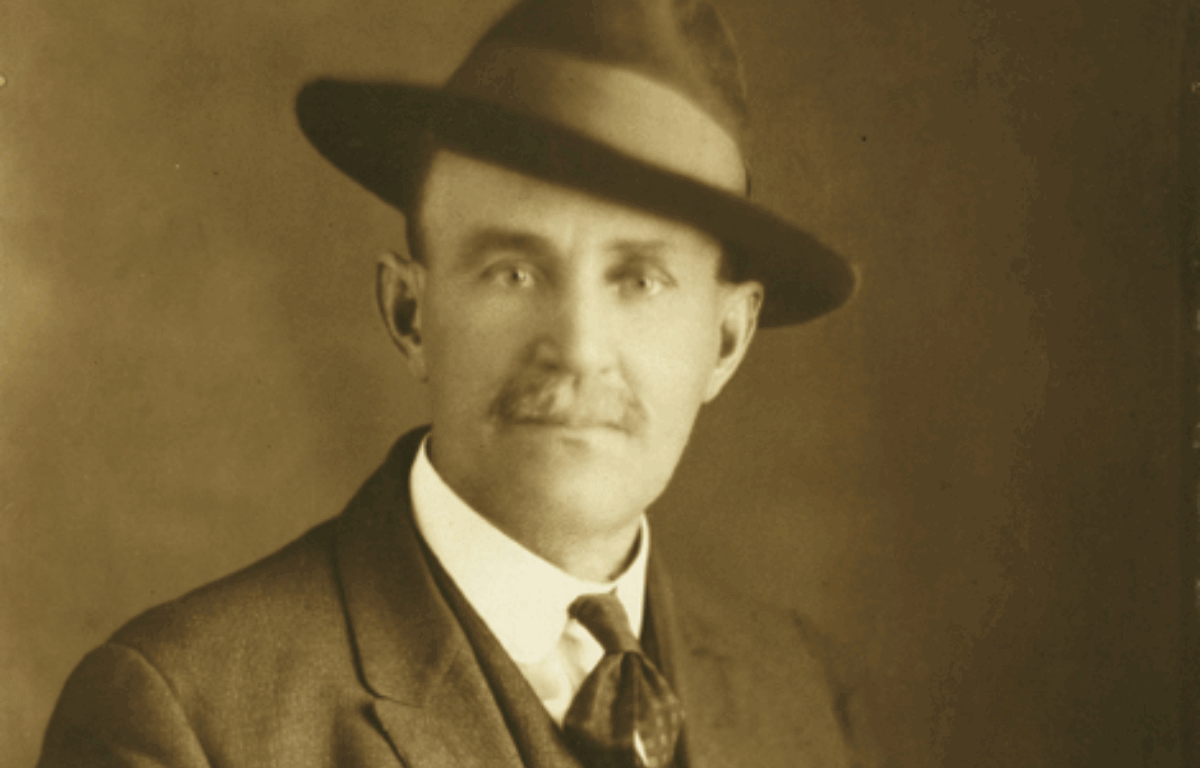
After the Civil War, Miller’s mother, Louisa, moved the family to Asheville. As a young boy, Miller was drawn to construction sites, where he learned the trade of brick masonry through observation and hands-on experience. His dedication and skill led him to establish his own company, Miller & Sons Construction, which became renowned for its craftsmanship during Asheville’s building boom in the late 19th and early 20th centuries.
Miller’s work includes some of Asheville’s most iconic structures. He was the contractor for St. Matthias Episcopal Church, built between 1894 and 1896, serving the city’s oldest African American congregation . He also constructed the Mt. Zion Missionary Baptist Church, the YMI Cultural Center, and the Asheville Municipal Building, among others.
Beyond his professional achievements, Miller was a family man and community leader. He built a 15-room home in the Emma community of West Asheville, where he lived with his wife, Violet, and their six children. Four of his sons followed in his footsteps as master bricklayers, and another became one of Asheville’s first Black physicians.
Miller’s commitment to his community extended to philanthropy and mentorship. He taught masonry to young Black men without charge, enabling them to enter the skilled trades. He also established an endowed scholarship for deserving technical students.
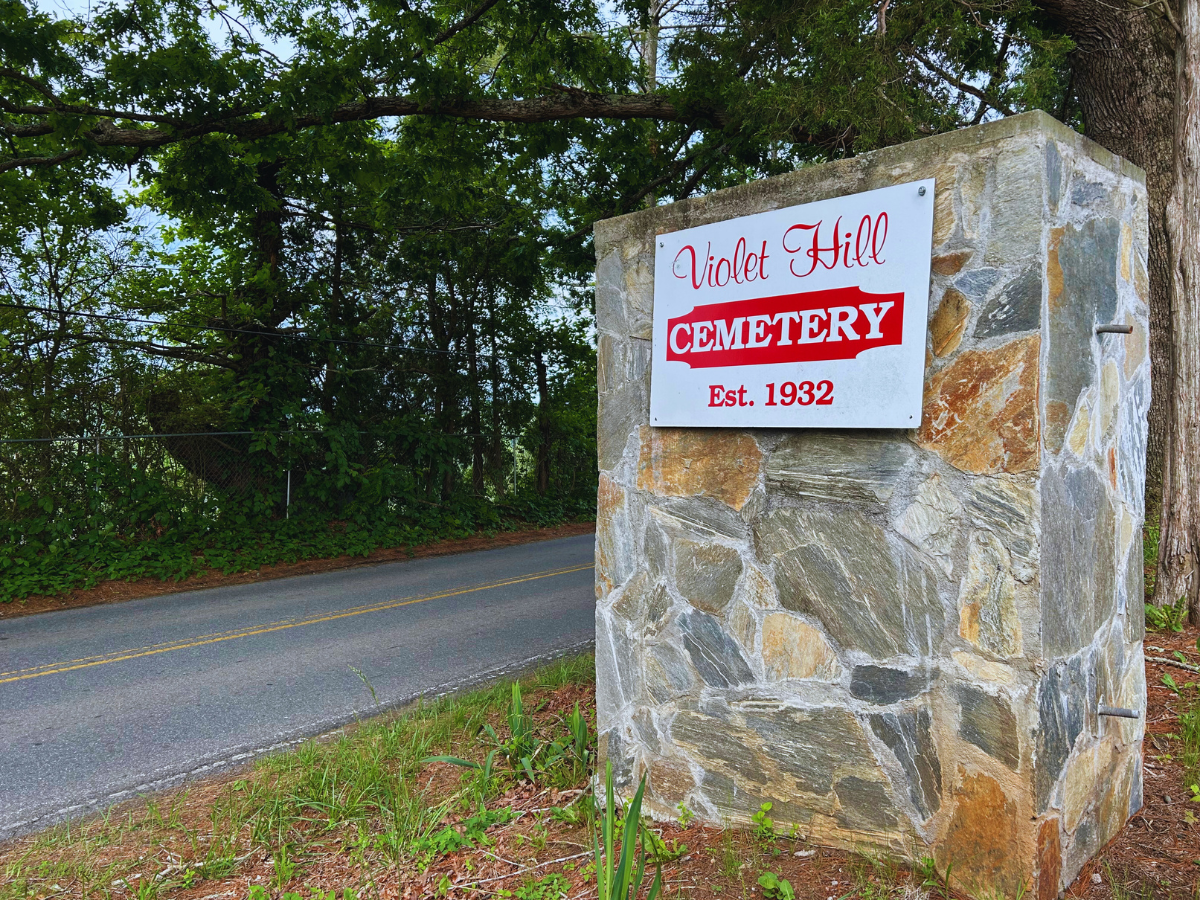
In the mid-1930s, Miller founded Violet Hill Cemetery in West Asheville, named in honor of his wife. He was laid to rest there upon his death in 1940, leaving behind a legacy that continues to shape Asheville’s cultural and physical landscape.
Today, the James Vester Miller Historic Walking Trail guides visitors through Asheville’s East End, highlighting the buildings he constructed and the enduring impact of his work. Miller’s story is a testament to resilience, craftsmanship, and the profound influence one individual can have on a community.
-
Tombstone Tales: Flat Rock’s Slaves and Freedmen Memorial
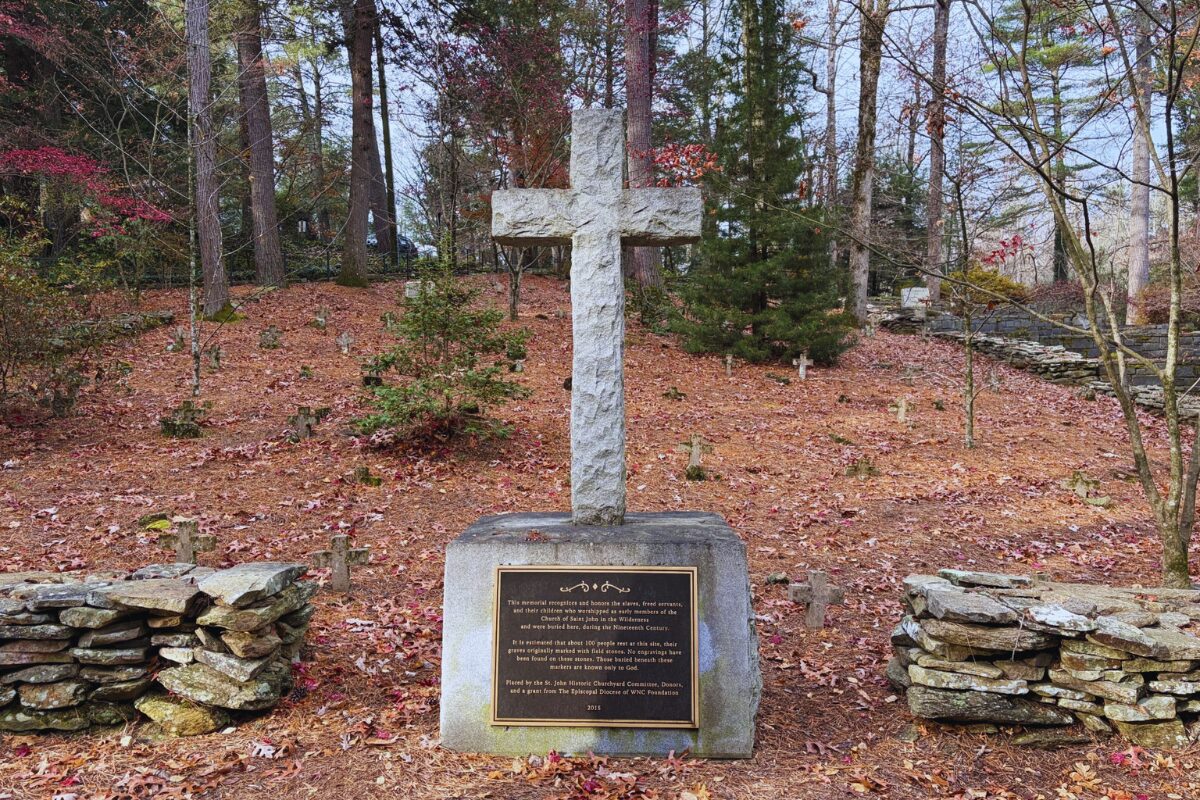
Beneath a quiet stand of trees near Flat Rock’s oldest Episcopal church, a granite cross rises above a hillside of small white markers. It is one of the few memorials dedicated to enslaved and freed African Americans in Western North Carolina.

